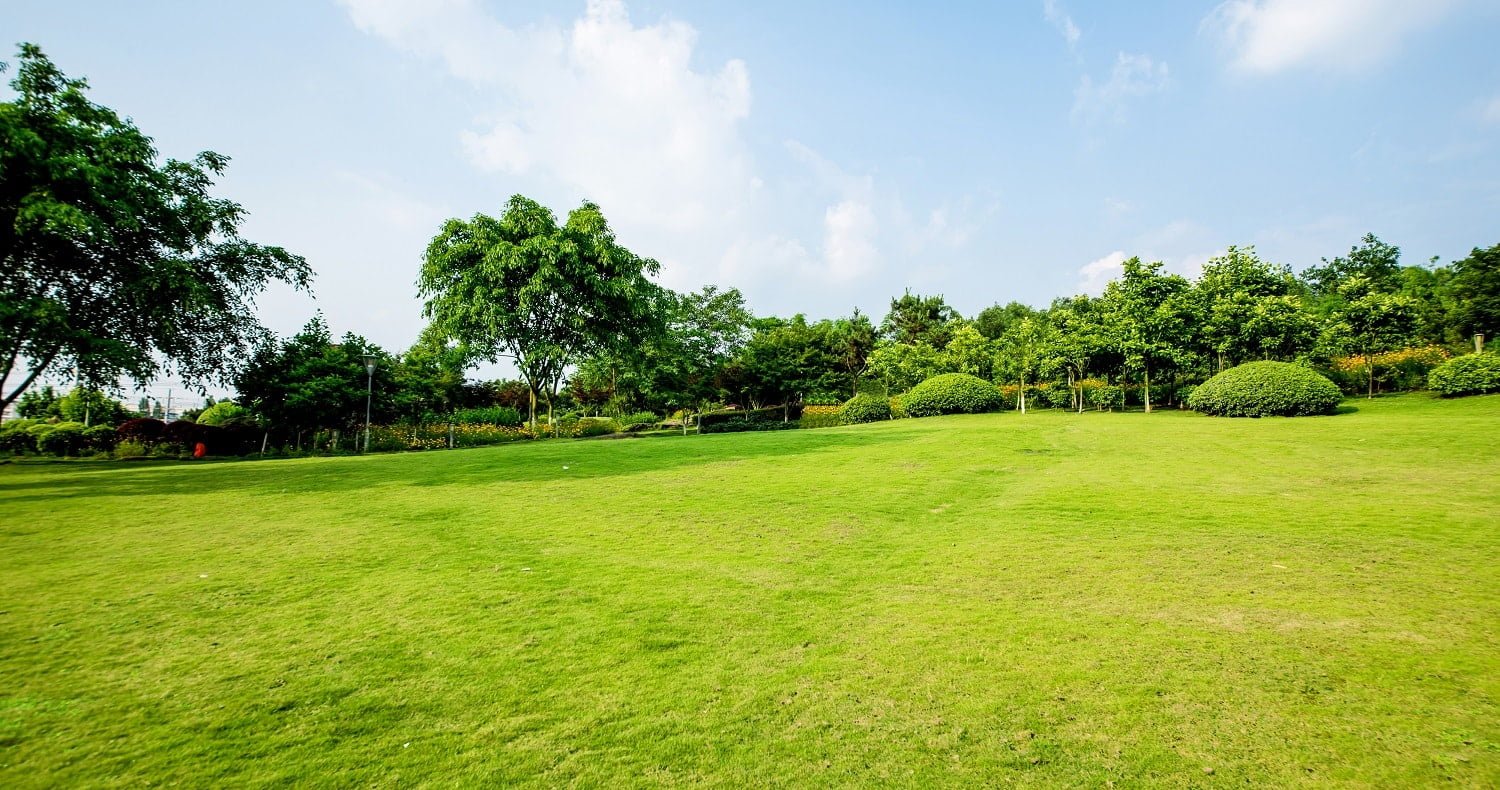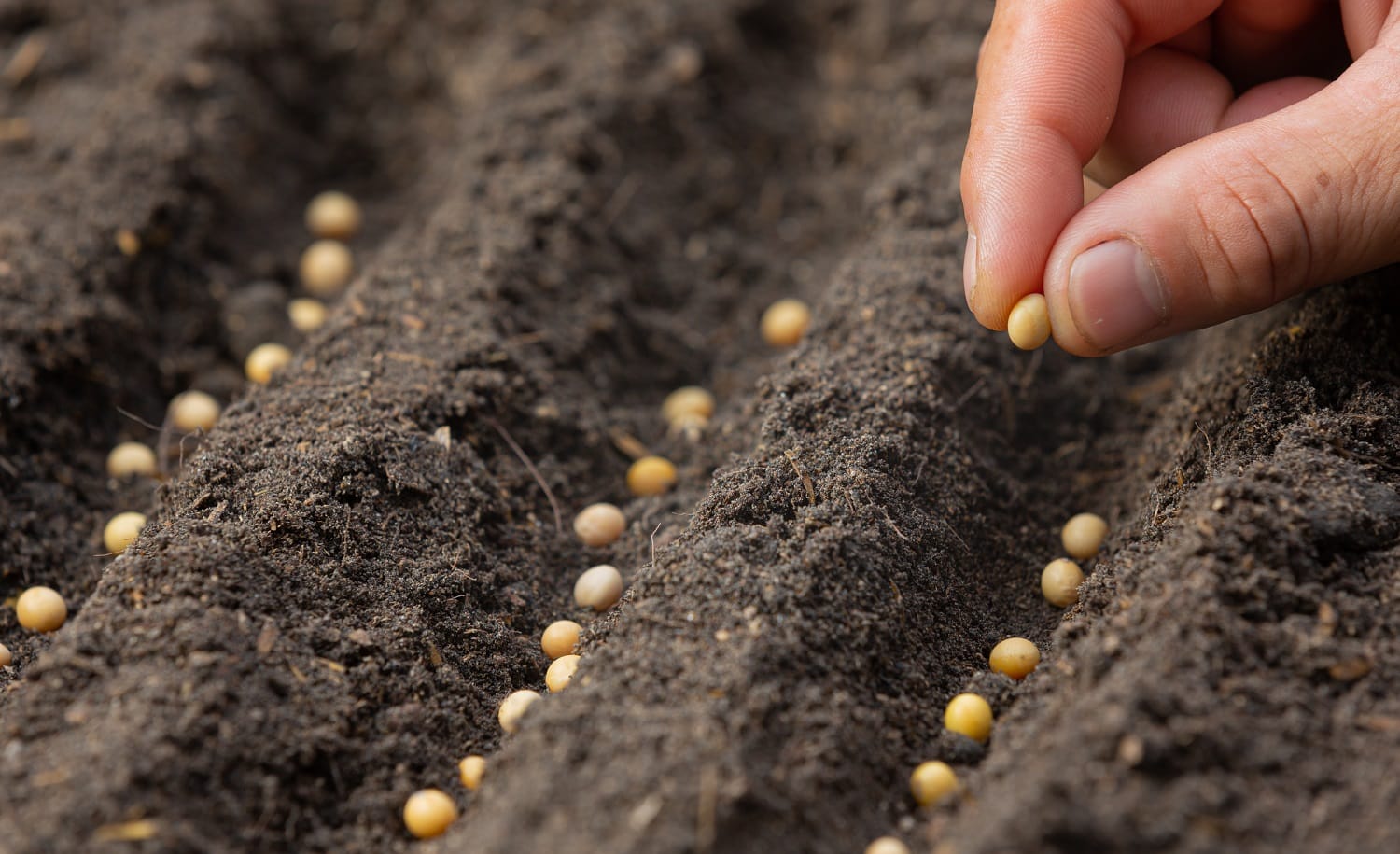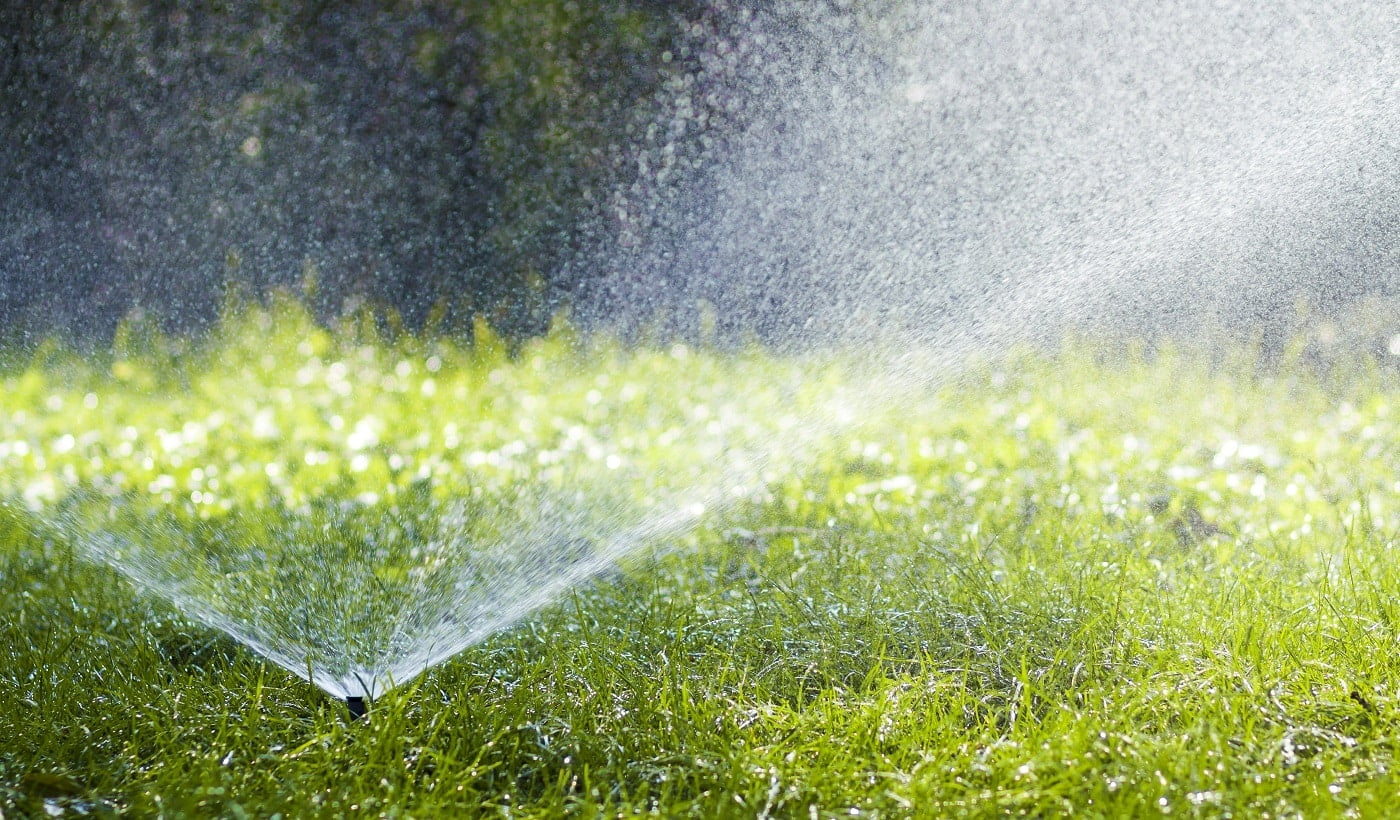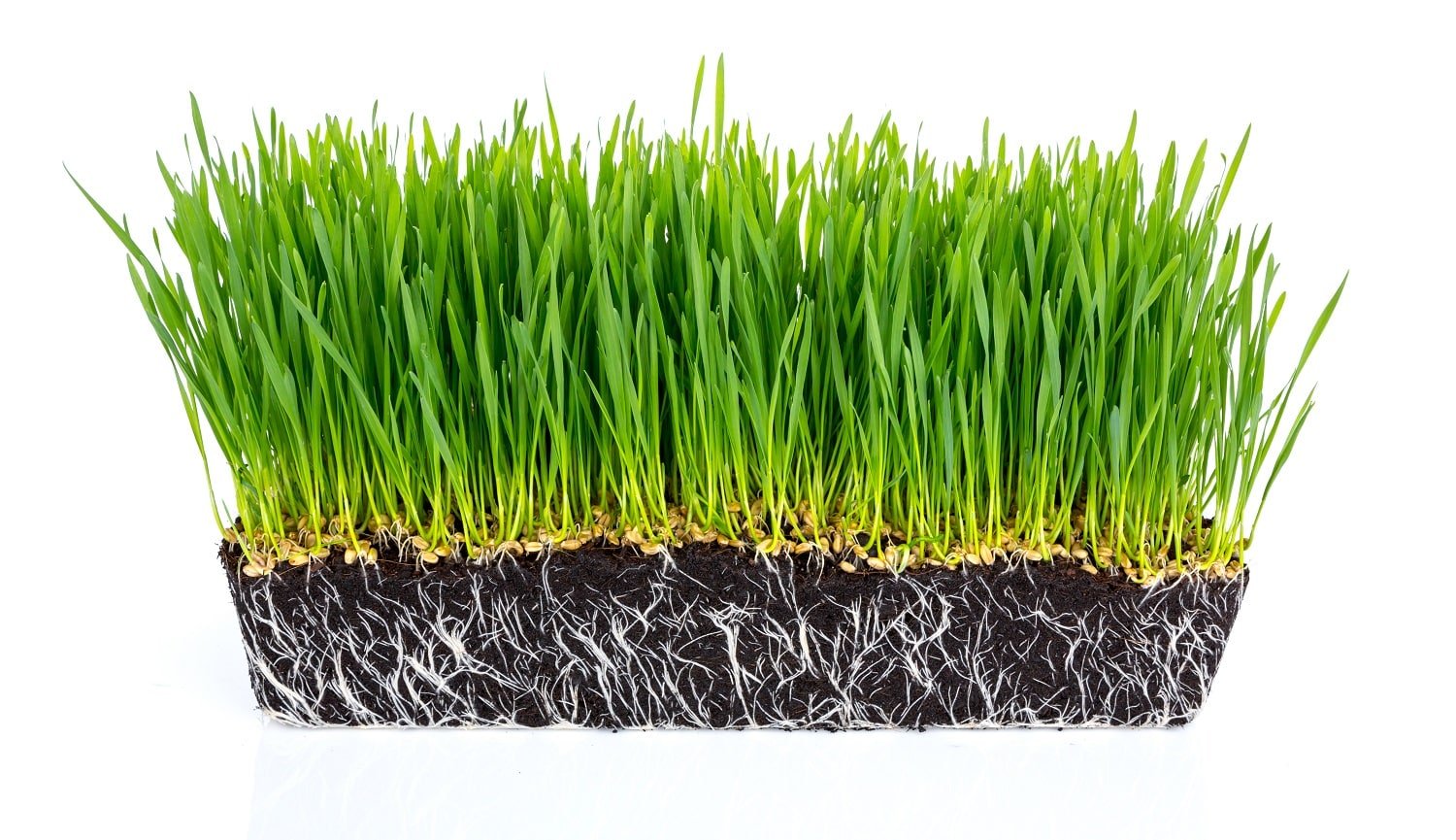Do you have dry patches in your garden that need to be covered up? Think twice before using the bag of seeds lying in your shed since the last season.

It may have lost its germinating power, and your effort might just go to waste. Also, old seeds exposed to moisture might have their germinating power reduced, so you will need more seeds to cover an area.
Furthermore, seed packets will have an expiration date stamped on them. Now, if that date has passed, it is best to throw away the container. If the date is close by or you bought the packets a year ago, it is best to test them first.
Read on to know about the best kind of seeds and how to test them. We have discussed the different reasons that seeds may go bad and how to store them for a longer shelf life.
So, without further ado, let’s dive in.
How To Select The Perfect Seeds?

Before getting into the reasons why seeds can go bad, let us first discuss how to select the right seed. You need to know that the most important thing is to determine the kind of soil on which your seeds will be planted.
What kind of area do you live in? Do you have a sandy backyard or your soil mostly consists of heavy clay? Answering these questions will help you figure out what kind of seeds you need. Every seed does not thrive in every kind of soil. In fact, you can have a different kind of grass from your neighbor.
A good way to deal with this situation could be by selecting all-purpose grass seeds, which generally go well with your region and climate. These will be available at any local nursery or plant store. It usually includes warm season grasses if you live on the southern side of the US. Cool season grasses are prevalent on the northern side and generally grow in every place there.
When you are purchasing blends, it will include all types. So, you will have some which grow well in shady areas, while others grow well under the sun. It will provide great coverage across the lawn and will help you cover barren areas.
What Are The Popular Types Of Grass?
Two variants of grass are most popular - Kentucky Ryegrass and Perennial Ryegrass. They are popular because these grow well in zones 3-9. They also have an extensive shelf life and can remain alive longer than most other grasses. Plus, you can purchase them from your local supermarkets as well as nurseries.
Although they might not be able to live through all kinds of situations, they are known to be quite adaptable.
What To Consider When Buying Seeds?
Moisture is something that can bring down the seed’s productivity or destroy it completely. So, make sure that you never buy open seed bags from shops. While moisture helps seeds germinate, that happens once you plant them. Otherwise, it can spoil the seeds and create pathogens. These pathogens break the seeds down, and they slowly decay with time.
This can happen even if a slight amount of moisture is present in the pack. Hence, watch the packet very closely for any tears.
Secondly, pay attention to how the seed packets have been stored. Ideally, they need to be kept upright with some space around them. This is needed for airflow, which keeps the seeds in perfect condition. If the packets are kept on top of each other with no space for airflow, they may again start catching moisture. This will prevent them from germinating well.
Also, check for the date which will be printed on the pack. It is best to avoid seeds that have been on the shelf for a long time. There is a chance that they might not grow as expected. So, always look for the latest date and choose that.
How To Store Grass Seeds?
You may be purchasing extra grass seeds and may have to store it away for the winter. For this, it is best to select a bag with a mesh. This will allow air to flow through it while the mesh keeps insects away. Insects and rodents can be very detrimental for your seeds, and they can eat away all of it throughout the winter if not protected well.
Although experts say that a cold temperature is best for storing these seeds, it is better to keep them in the basement or garage and not in the garden shed. This is because they will be exposed to direct cold in an open shed.
You will need a temperature that is below 60 degrees, and the humidity level should be 60% or less. This is recommended by Oregon State University Seed Laboratory, and even if it is far cooler and drier than that, the seeds will survive.
Adding on, if you had been planning to store seeds, it is best to choose the best of the lot at any store. Purchase seeds that have a far expiration date and these should last long. Also, pick up high-quality seeds as they will again stay potent for a longer time.
By high quality, we mean seeds that have less than 0.5% weed. Also, the chaff or dirt present in the pack should be less than 2%. The presence of other crops should also not be more than 2%. If the seeds meet these criteria, then you should have a pack of healthy seeds.

Factor That Could Prevent Proper Growth
You might have purchased the best seeds and checked the date twice before buying. There are still chances that the seeds may not work properly after a year. The bag might have been tightly sealed, and the planting directions may have been given. In such cases, it can get very frustrating.
If the grass on your porch is not growing well, there could be certain reasons behind it. Read on to know all about them.
-
Less Sunlight
Most grass seeds need direct exposure to sunlight to grow well. They need to be placed under the sun for at least 3 hours every day. This would lead to good growth. However, if your seeds are planted in the shade, they may refuse to grow well or may take a lot of time to germinate.
To deal with such cases, it is best to opt for seeds of different variants that can grow in the shade. We would suggest that you first try out with a handful of seeds to see if they grow. If the seeds germinate, buy the same variant otherwise try out something else.
-
Cold Temperature
Cold weather can stop the growth of grass completely. Grass generally needs at least a soil temperature of 55 degrees to begin growing. Anything colder than that can prevent growth altogether. The air temperature needs to be at 60 degrees consistently. A higher temperature will not be a problem, but a lower one will be.
So, it would help if you were careful about the time of the year when you plant them. If they are planted too early, the seeds will not germinate and sit on the ground. This will not necessarily kill all the seeds, but many could be damaged by the time the temperature rises.
We would recommend waiting till the early days of summer before you plant them. Take a few days to see if the temperature is stable.
-
Wet Soil
Yes, the grass needs to get water regularly in order to grow well. But too much of it may destroy them. Make sure that water does not flood the area, or it does not settle on the surface. That would mean the seeds rotting or decaying away.
It is best to grow them after the rainy season. If you are planting it in the spring, ensure that you do it after heavy downpours are over before planting them. Water your seeds lightly every day, and that should provide them with enough to grow well.

How To Know If Grass Seed Is Still Good?
Before you go on to buy new seeds for the garden, it is best to try and see if your old seeds will still germinate. Follow the process below to see if they are alive and in a condition to grow.
- Dampen a paper napkin and keep in a cup.
- Fill up the cup with an inch of water.
- Now, sprinkle your seeds in the cup. Make sure they fall on the napkin itself.
- Create a greenhouse effect by covering the cup with plastic. For this, you can use a plastic bag.
- Keep a watch on the napkin and ensure that it is moist at all times.
- Leave the cup under the sun.
Once this is done, leave it for 12-14 days, and you should see the seeds germinate. If they do not show any development, then you will need to buy new seeds.
On the other hand, you can also understand if the seeds have expired by just looking at them. Some seeds will show you obvious signs that they cannot be planted.
Look for discoloration and any fungi growth on the body. These are initial signs of decaying seeds. Also, check if they have become damp and are sticking to each other. That could also be another sign of damage.
The Best Way To Sow Seeds
Grass seeds need a good and healthy start to begin the process of germination. We suggest that you should water the seeds daily twice a day in the beginning. Continue doing this till germination and make sure that the topsoil is always moist. But remember not to apply excess water at one time. This would only lead to waterlogging, and that could be fatal for the seeds.
Once germination begins, you can shift to watering the area once a day. Again, this depends on the type of climate. If your area is very dry or the sun rays are very strong, then it is best to continue watering twice daily.
As the grass grows above a height of 3 inches, mow it. The mowing will remove excess grass and will ensure that they grow well.
Now you need to make sure that the seeds do not dry out at any point. Do not cover them up with straws that might lead to the growth of weed, which you do not need. On the other hand, cover the top with a layer of soil. This thin layer will keep the seeds hydrated and will provide a warm and moist environment.
Seeds that date back to 2-3 years can also be used if they have been stored well. If you are using old seeds, try out with a few to see if they germinate. Then only plant the rest of them.

Final Words
It is better to spend a little extra to ensure that you buy a high-quality bag of seeds. Why? Because it works well and can be stored for a longer period. The leftover seeds need to be sealed properly and stored. So, it is best to keep them in any dark and cool cupboards with good airflow.
Good seeds can last for 3-5 years if stored properly, but remember that the effectiveness will reduce every year. You will have to use more seeds to cover the same area if you are using older ones.
Test them indoors before you actually plant them outside. Follow the process that we have mentioned above, and you’ll have nothing to worry about.
With this, we will take our leave. Let us know if you have any further concerns. Until next time!
Related Articles
The 5 Best Lawn Mowers for St Augustine Grass Right Now
Where to Find Good St. Augustine Grass Seed & How to Grow It
7 Best Shoes for Cutting Grass Comfortably | Buyer’s Guide
11 Best Mosquito Fogger Insecticide
9 Best Fertilizers for Petunias Right Now
9 Best Fertilizers for Hydrangeas
11 Best Fertilizers for Lilacs
How to Install Landscape Fabric for Weed Control


